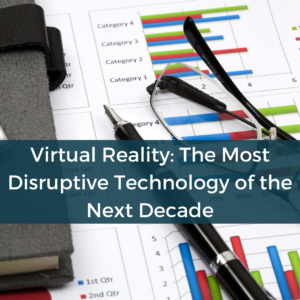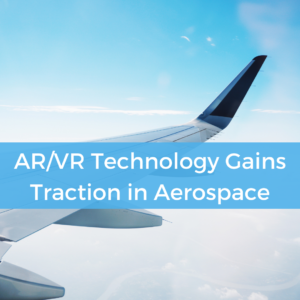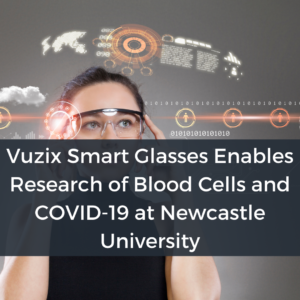Virtual Reality: The Most Disruptive Technology of the Next Decade, IDTechEx Reports

In a Financial Times article, VR has been shown to be involved in planning decisions with the City of London Corporation, in a collaboration with New London Architecture, Innovate UK, and VU.CITY. Using VR, the project has captured detail in a nearly 3kn square area to a 2cm accuracy, a first for an area of this size. According to Alastair Moss, Chair of the Planning and Transportation Committee at the City of London Corporation, VR technology will highlight the benefit of planning in regards to space and enhancement of the city. VR planning will offer more advanced urban planning solutions.
Other VR, AR, and MR research reports conducted by IDTechEx include ‘Augmented, Mixed and Virtual Reality 2020-2030’, and the analysis ‘Optics and Displays in AR, VR and MR 2020-2030: Technologies, Players and Markets’, which provide insights into the future of wearable technology. Over 100 products and 80 companies are reviewed within the former report, providing conclusions about the market future. The latter report offers further detail into optics and display features of the innovative technologies.
Key questions addressed in the reports include:
- What are the major drivers in VR/AR/MR adoption?
- What are the major drivers for optic or display choice in a VR/AR/MR device?
- Which use cases benefit the most from VR/AR/MR technology?
- How will VR/AR/MR sales evolve in the next decade?
- What are the drivers behind future growth?
COVID-19 has shifted more attention onto VR and AR products due to its interactive, hands-free nature, and this focus is expected to remain. The increase of funding and adoption of VR, AR, and MR (Mixed Reality) in the past decade is anticipated to continue into the next decade. Many industries will be affected by the market, due to its result of increased innovation.
Read the full article here, and the full research report by IDTechEx here.








